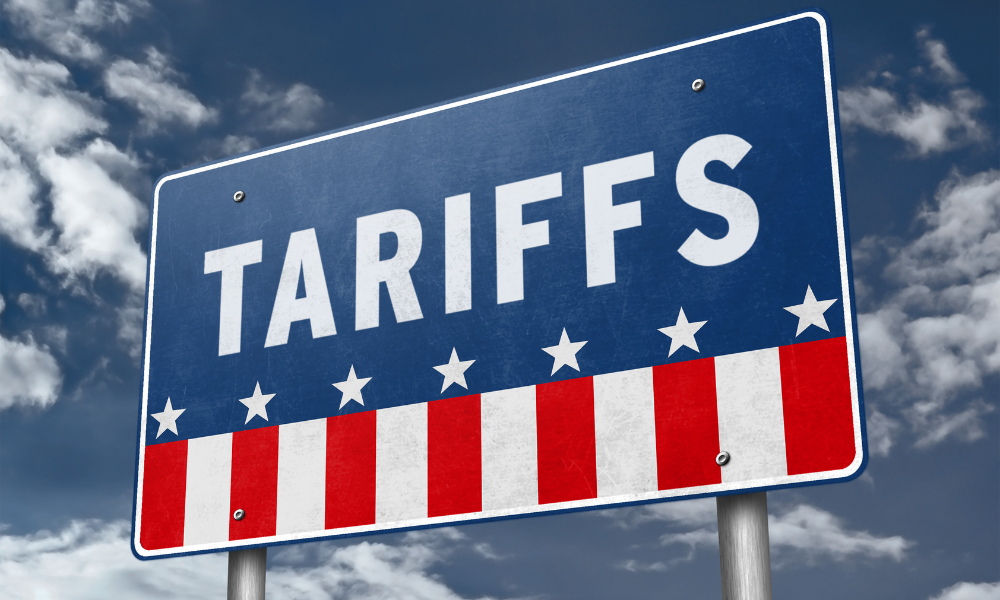A select group of 917 have generated approximately (US) $3.6 trillion of wealth globally in just under two decades, prompting one investment company to develop a fund that taps the power of that Midas Touch
Economist and Yale University professor William Nordhaus estimated that only about 2% of the wealth that a billionaire creates goes to the individual him or herself, the remaining 98% flows into society.
“Excel’s Billionaire Leaders Fund aims to capture some of that wealth by investing in those billionaire companies that have earned public confidence,” says Christine Tan, senior portfolio manager, Excel Funds Management Inc., “demonstrated financial soundness and offer the potential for stable and reliable growth.”
The fund doesn’t just look for where extremely wealthy investors have put money, but instead, it focuses on the public companies where successful billionaires are still intimately involved in daily operations or board oversight. These are the investments that truly benefit from the energy and unique insights of self-made billionaires.
“We invest in well-researched, globally competitive companies with sustainable growth potential, visionary leadership and fundamentally good corporate governance,” says Bhim Asdhir, founder and CEO of Excel Funds. “Our goal is to generate solid long-term returns without excessive risk.”
The Billionaire Leaders Fund carries a medium level of risk, according to the Investment Funds Institute of Canada (IFIC) methodology, something that can be attributed to the global spreading of risk, says Eric Valderrama, senior vice president, national sales, at Excel Funds.
“Our competitive advantage is that we are very comfortable in the emerging market space,” says Valderrama. “Not only do we know who the best-positioned players are. We know who their rising competitors are and which companies are emerging as disruptors.”
Canadians have been hesitant to take advantage of the growth story of emerging markets, mostly due to the gap between perceptions of emerging markets and the reality.
While there can be greater volatility in the short-term, emerging market companies have achieved strong earnings per share growth that outpace those in North America over a span of five to 10 years.
It is estimated that some 70% of the world’s economic growth is coming from emerging markets, according to the International Monetary Fund’s World Economic Outlook.
For 11 of the last 15 years, stock markets in developing economies have outperformed the rest of the world.
“Excel’s Billionaire Leaders Fund aims to capture some of that wealth by investing in those billionaire companies that have earned public confidence,” says Christine Tan, senior portfolio manager, Excel Funds Management Inc., “demonstrated financial soundness and offer the potential for stable and reliable growth.”
The fund doesn’t just look for where extremely wealthy investors have put money, but instead, it focuses on the public companies where successful billionaires are still intimately involved in daily operations or board oversight. These are the investments that truly benefit from the energy and unique insights of self-made billionaires.
“We invest in well-researched, globally competitive companies with sustainable growth potential, visionary leadership and fundamentally good corporate governance,” says Bhim Asdhir, founder and CEO of Excel Funds. “Our goal is to generate solid long-term returns without excessive risk.”
The Billionaire Leaders Fund carries a medium level of risk, according to the Investment Funds Institute of Canada (IFIC) methodology, something that can be attributed to the global spreading of risk, says Eric Valderrama, senior vice president, national sales, at Excel Funds.
“Our competitive advantage is that we are very comfortable in the emerging market space,” says Valderrama. “Not only do we know who the best-positioned players are. We know who their rising competitors are and which companies are emerging as disruptors.”
Canadians have been hesitant to take advantage of the growth story of emerging markets, mostly due to the gap between perceptions of emerging markets and the reality.
While there can be greater volatility in the short-term, emerging market companies have achieved strong earnings per share growth that outpace those in North America over a span of five to 10 years.
It is estimated that some 70% of the world’s economic growth is coming from emerging markets, according to the International Monetary Fund’s World Economic Outlook.
For 11 of the last 15 years, stock markets in developing economies have outperformed the rest of the world.



